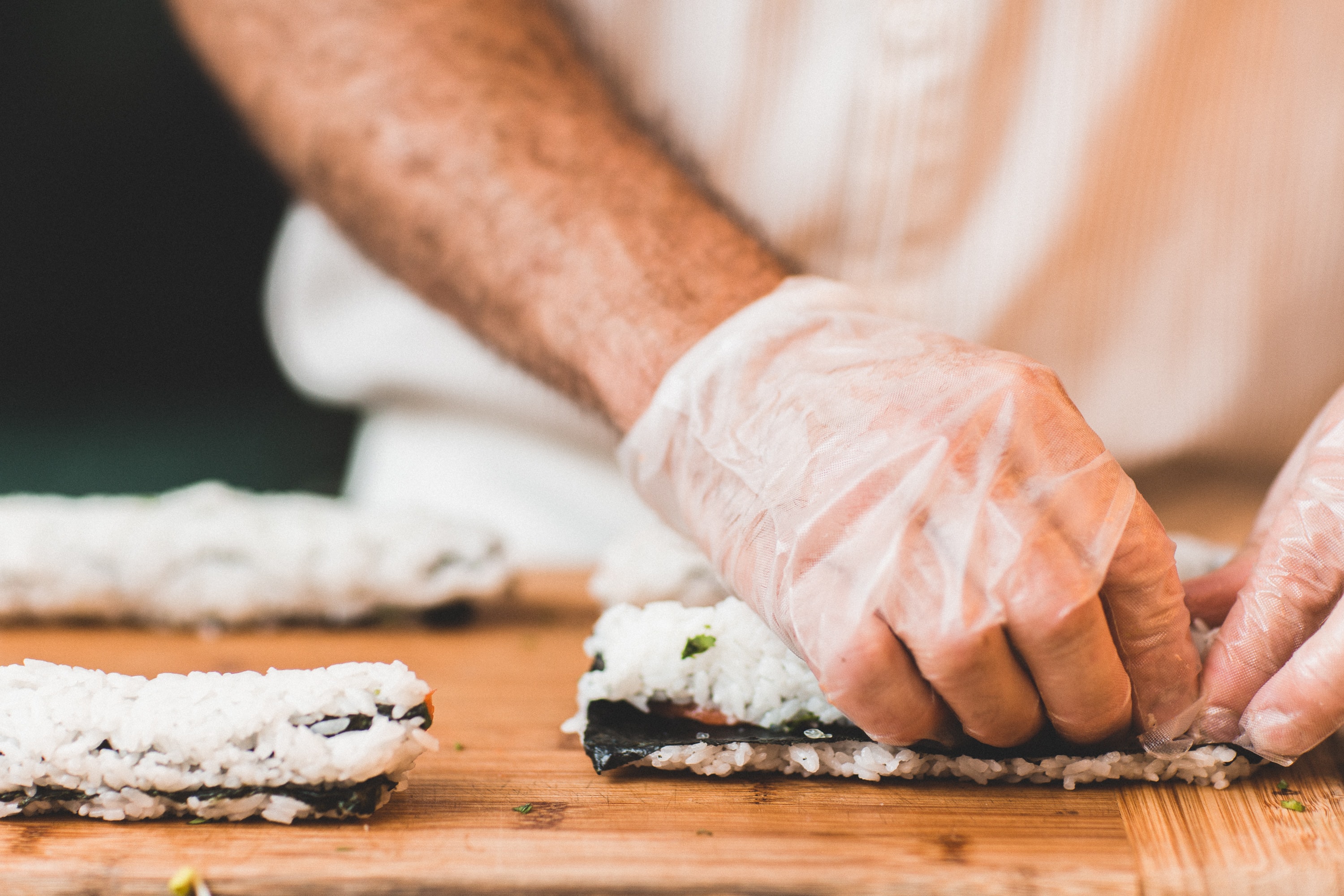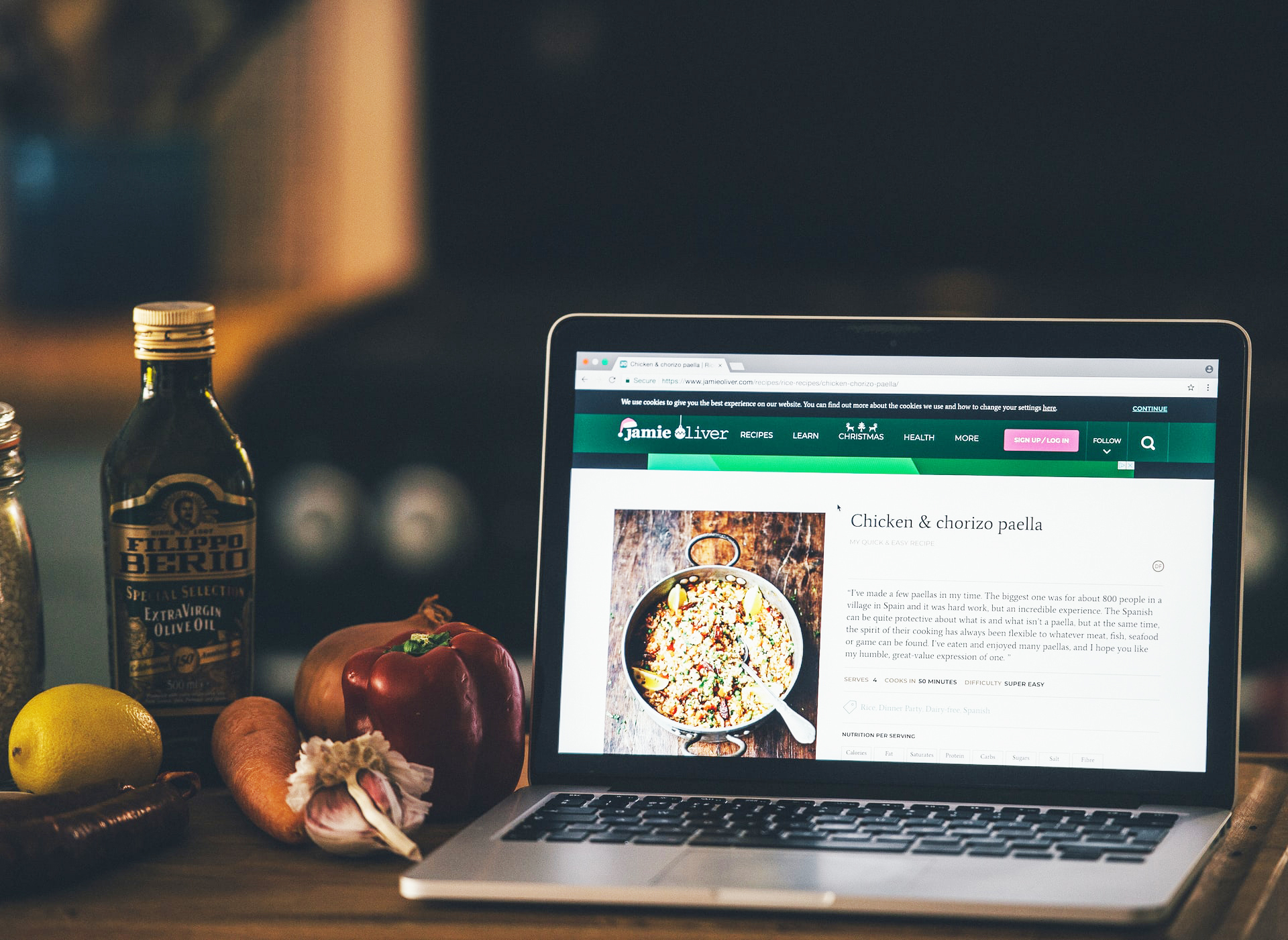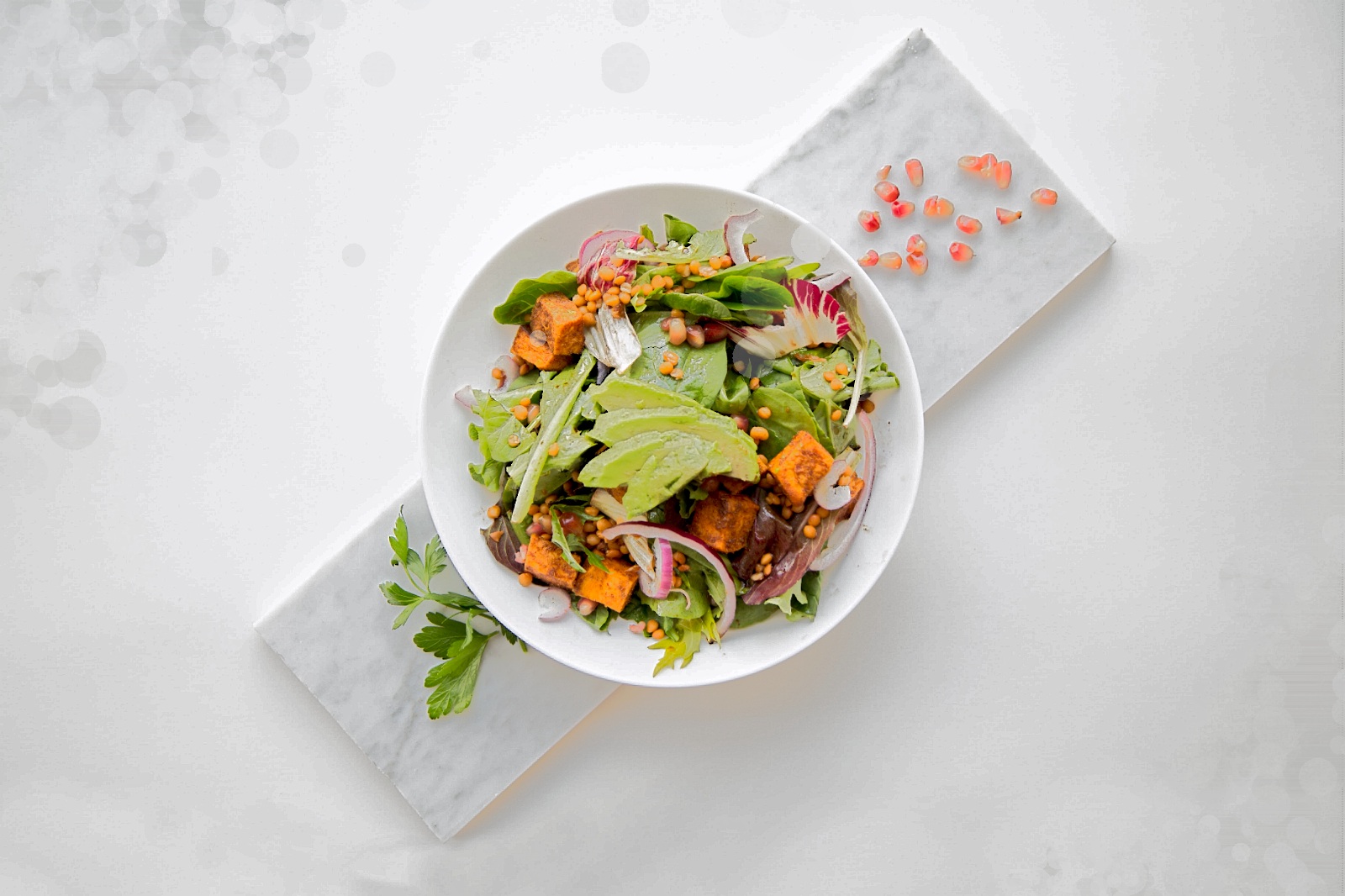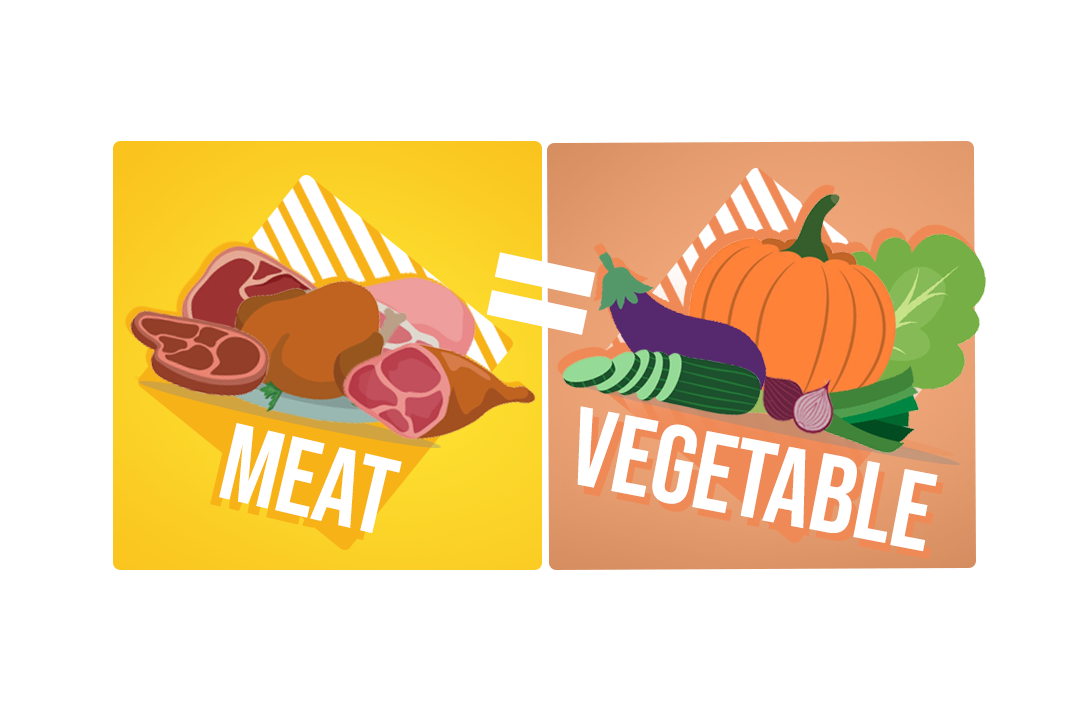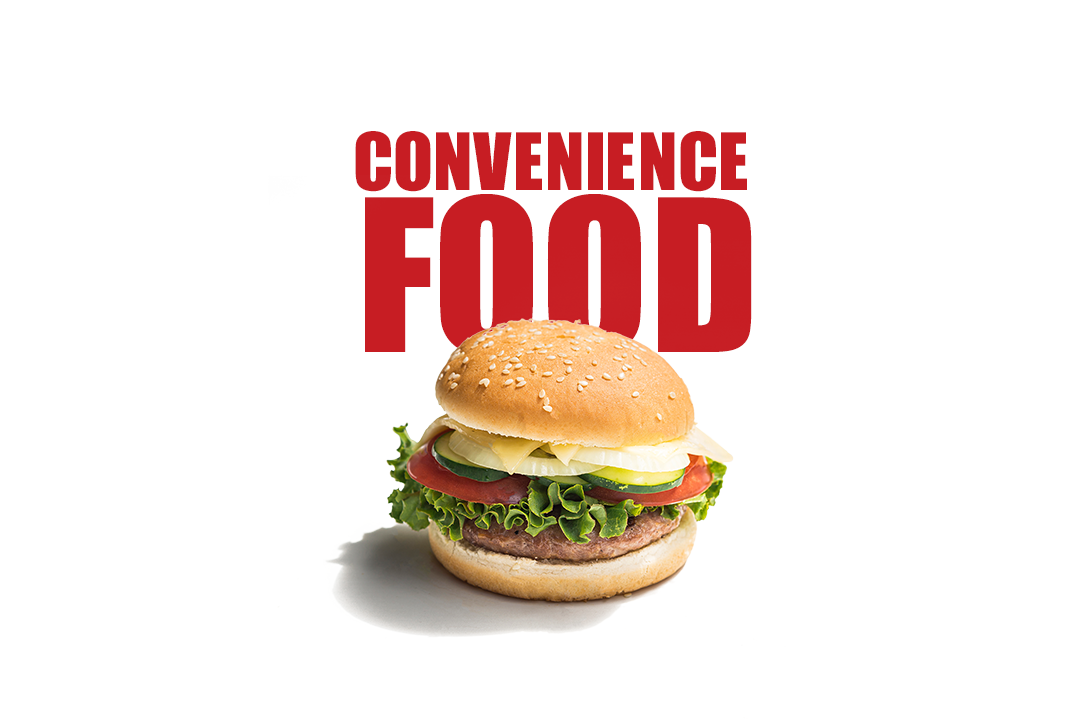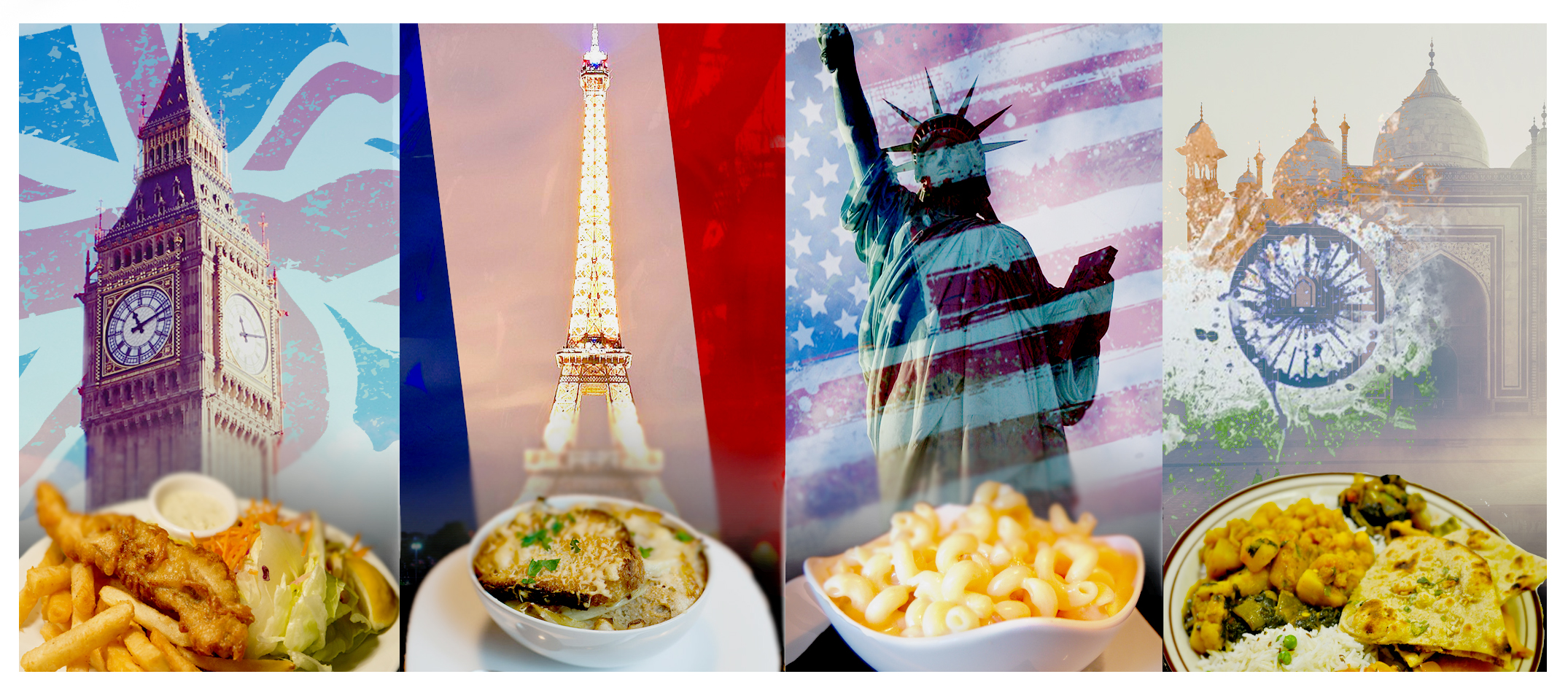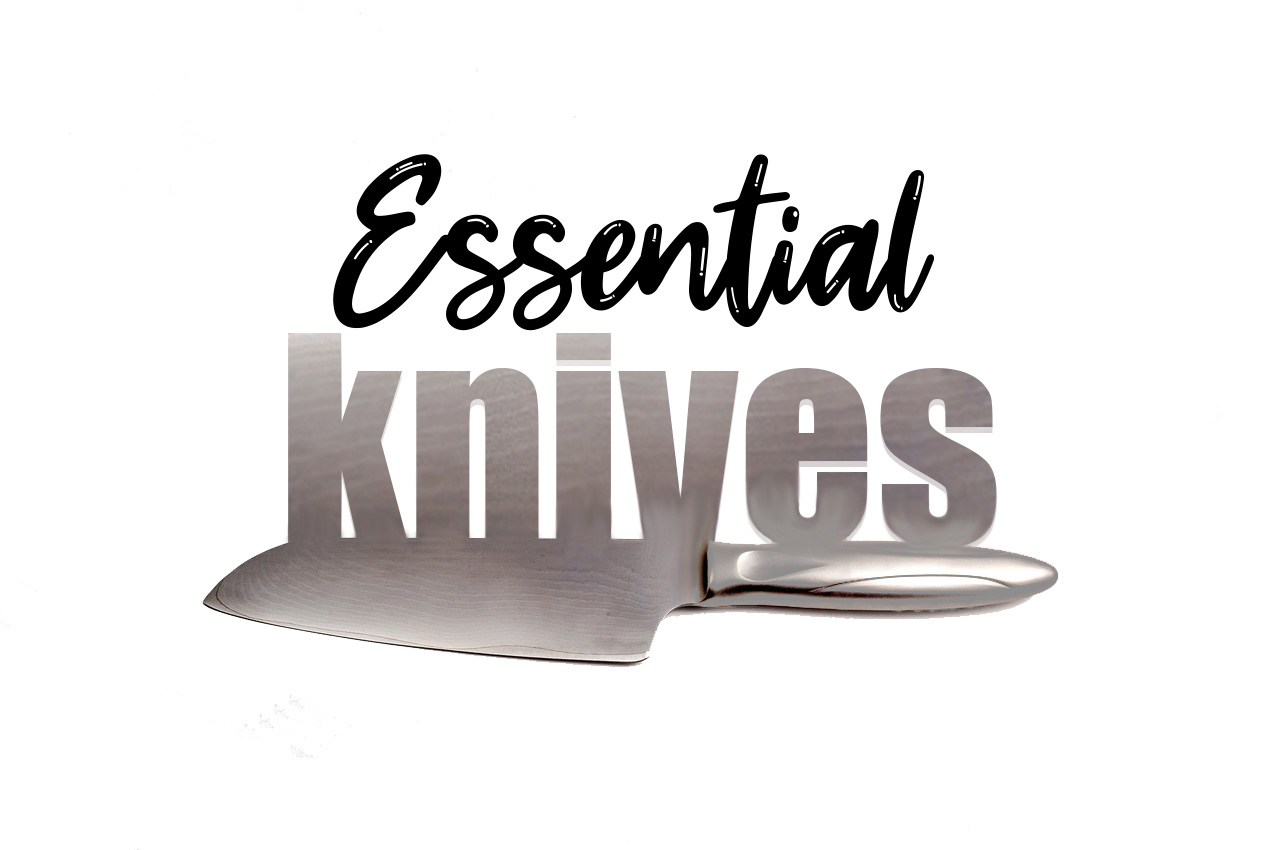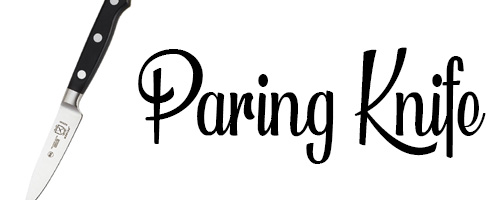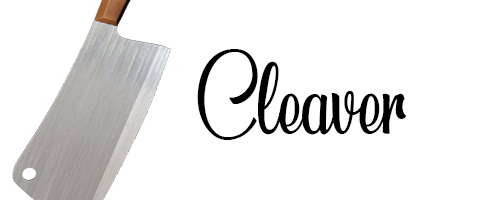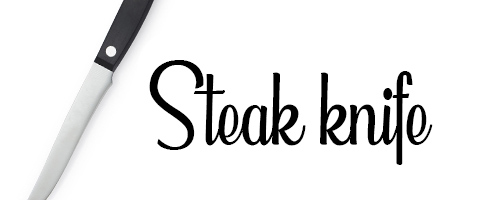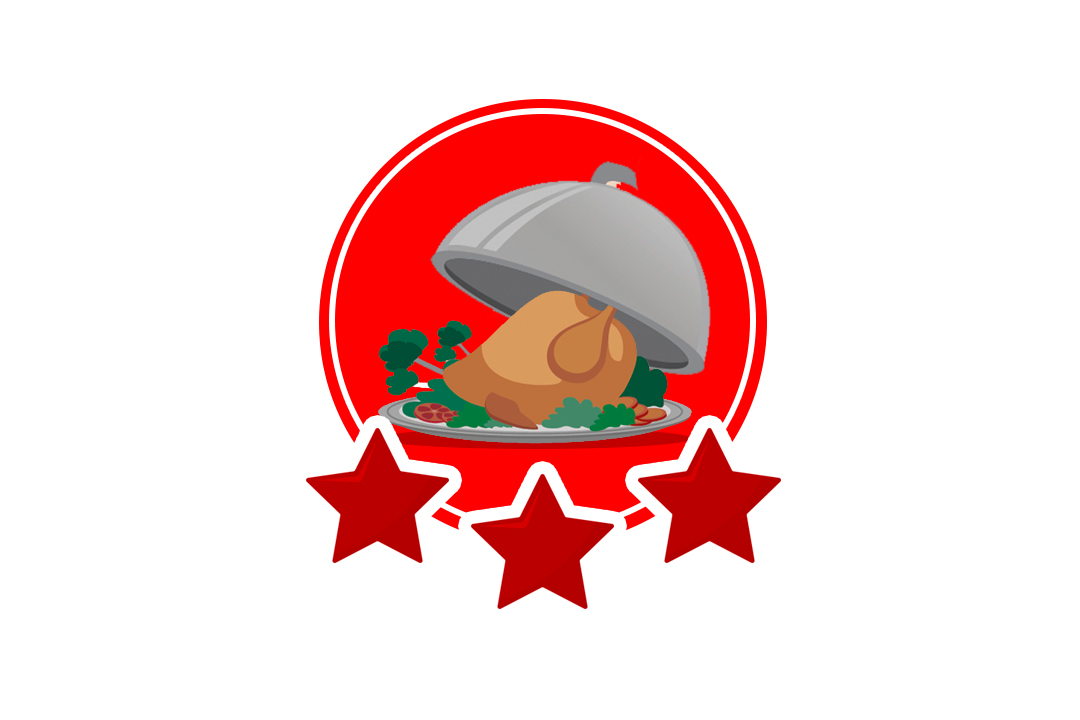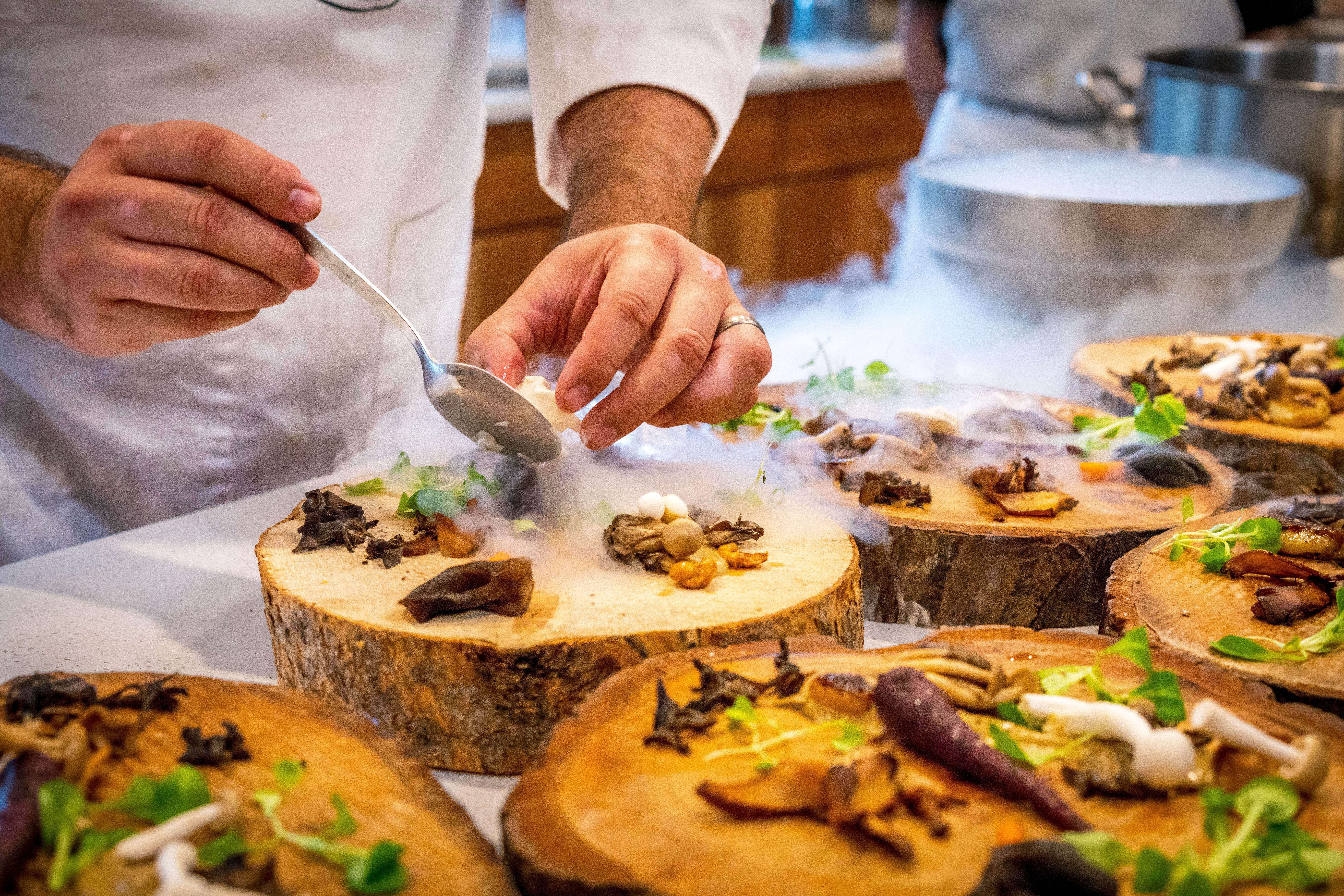
Hospitality is one of the world’s biggest industries. Career opportunities are many in the industry, but so is the competition. You will gain a good foundation in being a chef from reputed institutes like ACCLA, but it is important to keep upgrading your skills so you can set yourself apart.
Business management
You may be a great chef, but knowing how to run a business comes in handy when running a restaurant. Even if you are part of a restaurant team, knowing the basics of business management will help you understand how to cook food economically. Learning about budgeting, accounting and keeping tabs on inventory help greatly in any restaurant business, and more importantly if you hope to run a venture yourself sometime in the future.
Kitchen hygiene & sanitation
The most important factor in running a successful restaurant is having a clean kitchen. Learning about the best practices to keep your kitchen clean is an excellent skill to have as a chef. This also involves tips and tricks to deal with stubborn stains, odours and cooking mishaps.
First aid
All kitchens involve fires, sharp and pointy objects, and searing hot utensils. Accidents are bound to happen. Knowing first aid can help you avert disaster during an emergency. Learn about bandages and how to use them, dealing with burns and deep cuts, and also evacuation procedures in case of a fire are useful skills to have.
Creativity & innovation
On most cruise ships, chefs are expected to adhere to a set menu including presentation. However, there are instances when creativity can be utilised. One can attempt to use produce before they go bad in innovative ways, for dishes like soups of the day or daily specials. If they do have freedom, cruise ship chefs – like other chefs working in land-based restaurants – can experiment with menu design, adapting older recipes, creating new dishes, and trying interesting presentations.
In addition, creativity plays a huge part in sustainable cooking as well – using food scraps for stock, swapping imported ingredients for local seasonal produce in popular dishes, finding ways to use energy efficiently in cooking, choosing seafood wisely, and perhaps even nurturing your own kitchen garden for herbs and rudimentaries such as potatoes, onions, tomatoes and chilis.
Organisation & multi-tasking
To a novice, the kitchen or galley can seem a very chaotic place, particularly during service time. And if you do not have a method to the madness, things can get out of hand pretty quickly. Honing your organisation and multi-tasking skills is a great way to help you get ahead as a chef.
It starts with planning your day, even as a line cook, depending on your responsibilities. Knowing what you are going to be doing helps you stay on track. Being a good multi-tasker ensures you stay focused no matter what the unintentional additions to your day.
Being a team player
One of the most important skills to upgrade is learning how to work in a team. On cruise ships, chefs are part of very large teams, each with their own responsibilities but still just a cog in the wheel. Working well with colleagues, covering for others whenever required and lending a helping hand all help towards the end goal – serving good food on time.


